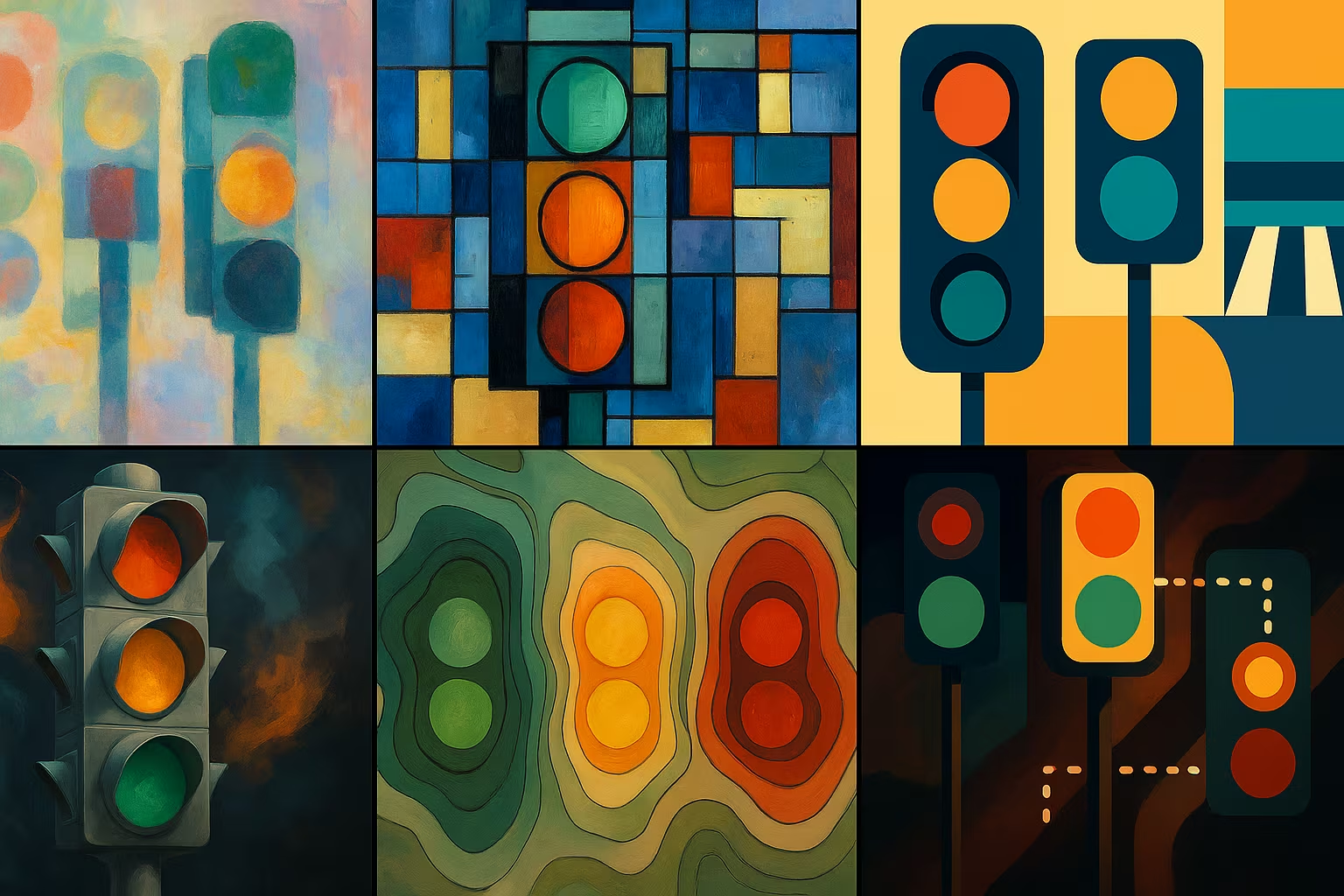UrbanSound8k
The UrbanSound8K Dataset is a collection of sound recordings captured in various urban environments. This corpus is particularly useful for training models capable of identifying and classifying the sounds typical of cities, such as sirens, horns, construction noises or human voices.
8732 audio clips, WAV format
Free under a Creative Commons Attribution 4.0 International license (CC BY 4.0)
Description
The dataset offers a complete variety of urban sounds:
- 8732 individually annotated audio clips
- Standardized duration of 4 seconds per extract
- 10 distinct categories: horns, sirens, jobs, children playing, barking, engines, etc.
- Recordings captured in real and varied contexts, with realistic sound levels
It is frequently used in research on soundscapes and acoustic identification systems in urban environments.
What is this dataset for?
UrbanSound8k is mainly used for:
- Training audio recognition and classification models in urban environments
- The development of solutions for noise pollution monitoring
- The improvement of embedded systems capable of identifying ambient sounds (smart cities, public safety)
- Research in environmental acoustics and urban sound ecology
Can it be enriched or improved?
Yes, several possibilities exist:
- Add urban sounds from other geographic or climatic regions
- Enrich annotations with additional contextual metadata (time, weather, traffic)
- Mix or layer sounds to simulate complex acoustic environments
- Test the robustness of models with degraded sounds (noise, distortions, etc.)
🔗 Source: UrbanSound8k Dataset
Frequently Asked Questions
Can UrbanSound8k be used for commercial applications?
Yes, subject to compliance with the terms of the CC BY 4.0 license, including appropriate attribution to authors.
Is there a larger version of the dataset?
Yes, UrbanSound also offers UrbanSound8K and UrbanSoundClassification (an expanded version with other excerpts and annotations).
Are the recordings representative of all major cities?
The sounds are mostly from New York, but are fairly typical of global urban environments. For increased geographic diversity, a combination with other corpora is recommended.






